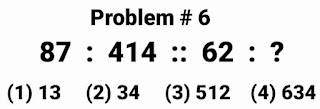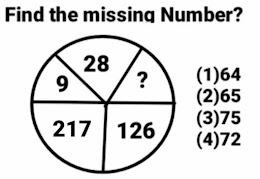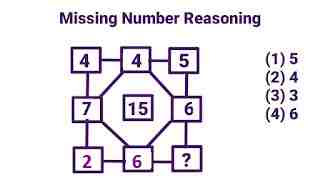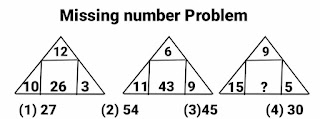Most important Twenty Number analogy questions of Reasoning with answer
Twenty Questions of Number analogy with answer for competitive examinations and missing number in reasoning for competitive exams like Bank PO, Bank clerk, SSC CGL, ssc chsl, RRB NTPC , group D etc have been discussed in this post.
Twenty Questions of number analogy for competitive exams
Formula:-
Formula:-
1st Method
In this reasoning problem 1st number (37) is associated to 23 with the help of any rule , in the same rule we have to associate 19 to a number out of four given options.
Formula :-
2nd Method
All the three given numbers are prime numbers, so the value of question mark must be a prime number. And out of all the four options given only fourth option having value 5 is prime number.
Formula :-
Formula :-
Formula :-
Formula :-
1st Number = 43
3rd Number = 68
Prime factors of 6 = 2,3 and multiplication of 2 and 3 = 6
Formula :-
Formula :-
In this reasoning problem 1st number (0) is associated to 6 with the help of some rule , With the help of same rule we have to associate 24 to a number out of four given option.



































.jpg)











